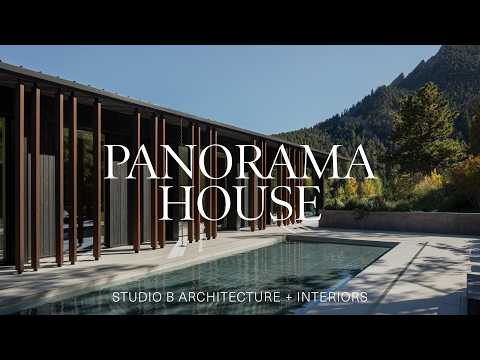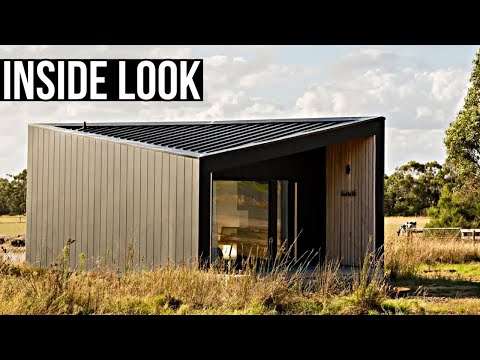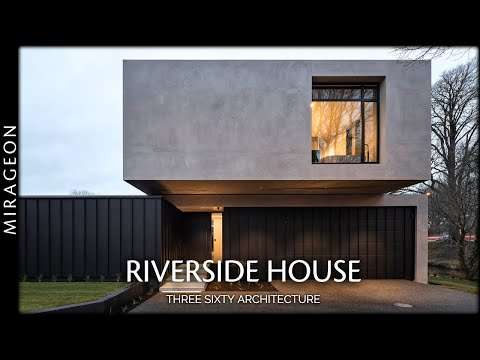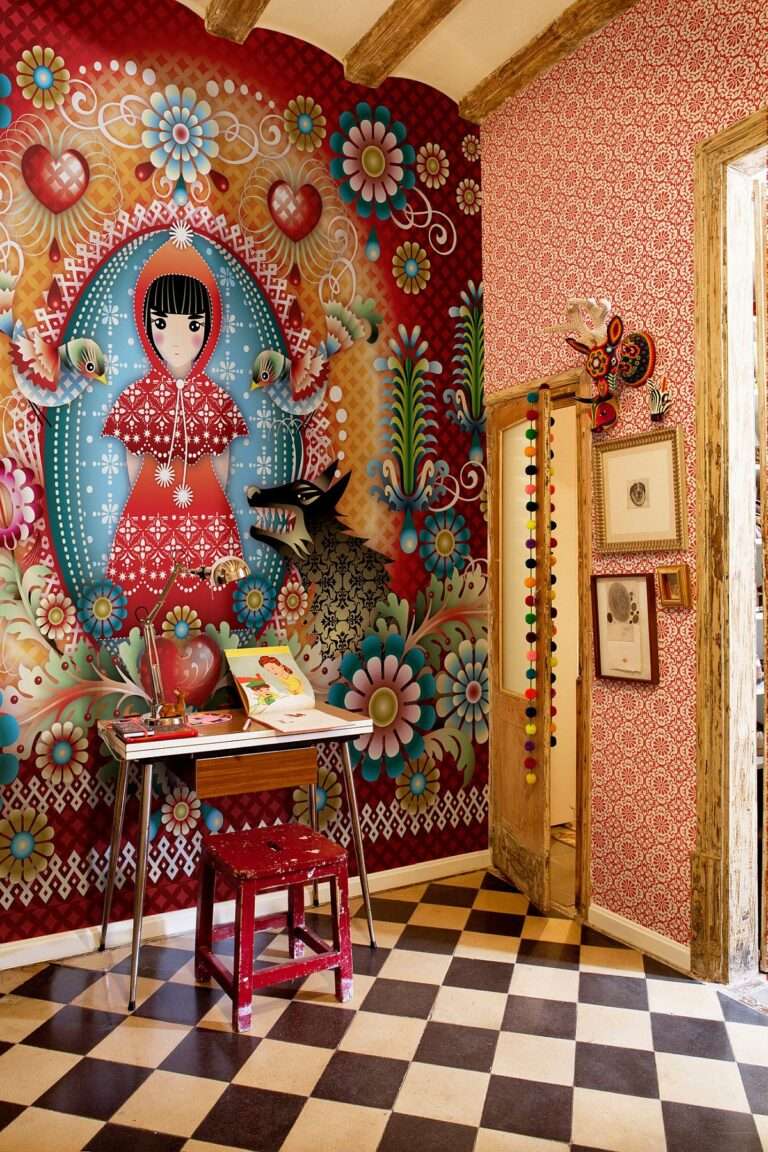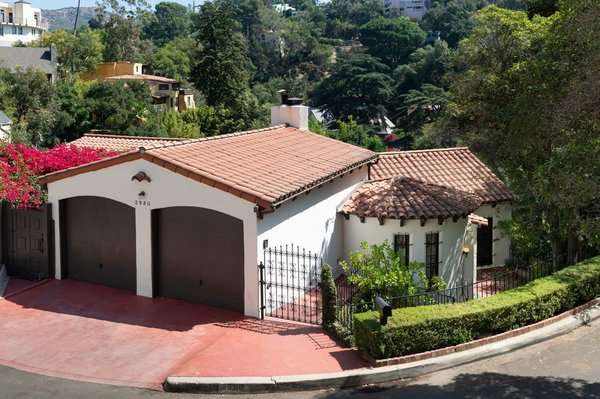This modern residence, located near the St. Maurice River in Canada, draws inspiration from the cultural heritage of the area and local folklore. The Des Forges Residence is designed to seamlessly integrate into the landscape, reflecting the topography of the area and drawing inspiration from the curves of the river. Accessed via a private entrance along the Boulevard des Forges, the house is comprised of three wings. Supported by a foundation of natural stone, the house is sustained by steel and wood structures. Its black spruce cladding and distinctive design stand out in the landscape, while the interior features an open and luminous space with a wood-burning fireplace in the living room. This residence exemplifies how local constraints and cultural heritage can serve as the foundation for a strong concept that generates quality architecture.
Credits:
Architects: Bourgeois / Lechasseur architectes
Photography: Adrien Williams
Year: 2023
Location: Canadá
0:00 – Des Forges Residence / River House
0:55 – Entrance
2:32 – Game room
3:01 – Kitchen, living
5:12 – Drawings
